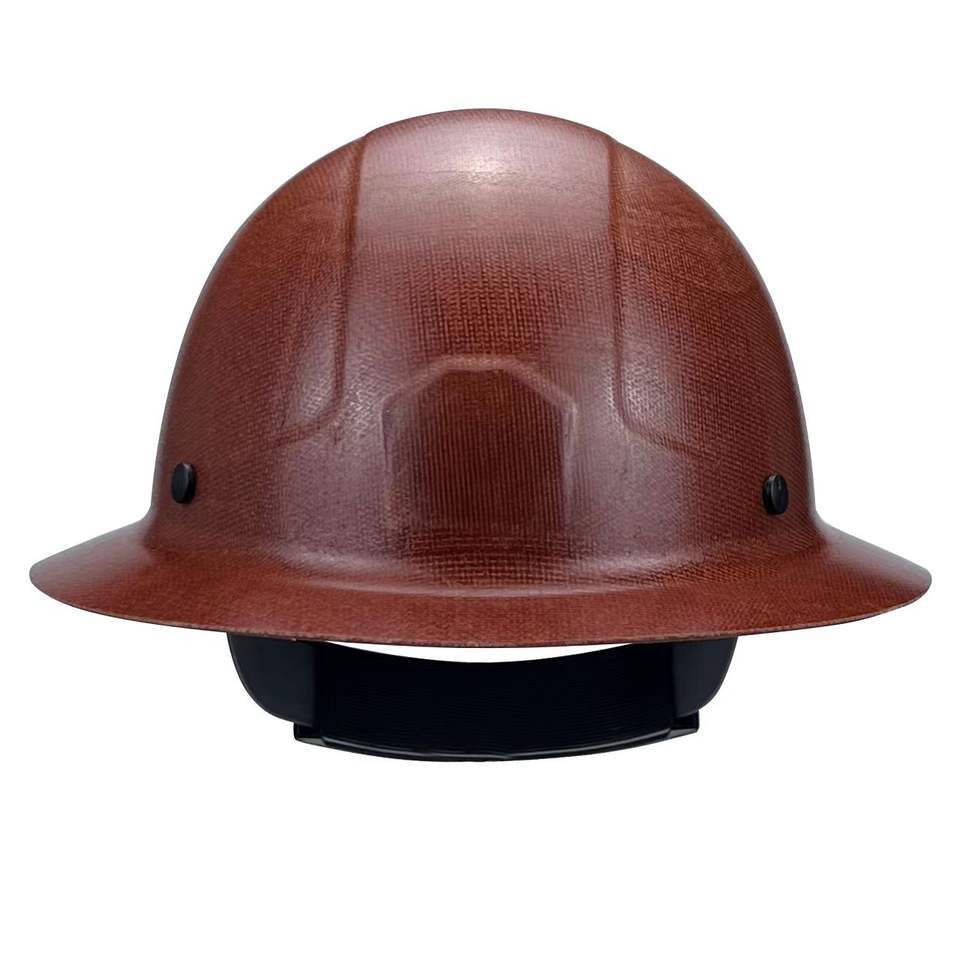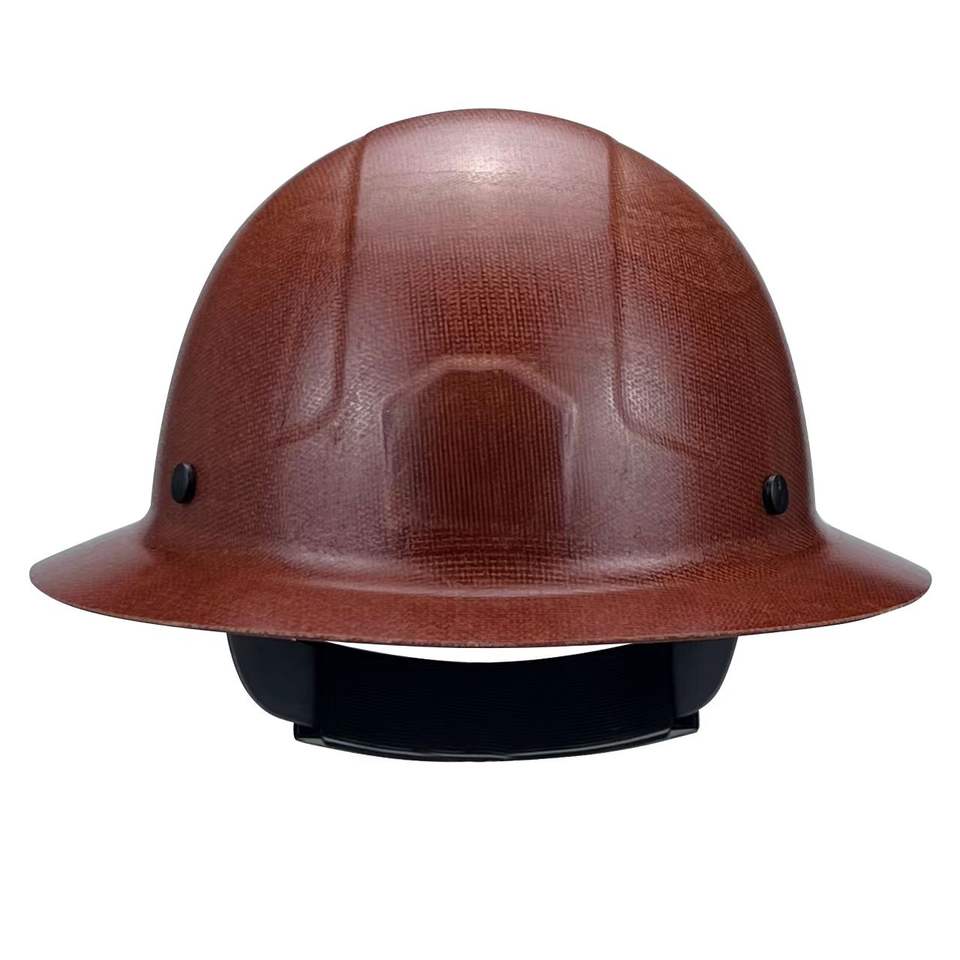Hard Hat Safety Helmet | Lightweight & Impact-Resistant
High Temperature Fiberglass Helmet: Field Notes from a Safety Nerd
If you’re speccing a new Hard Hat Safety Helmet for hot, punishing jobs, this fiberglass model from Care caught my eye. I’ve stood on foundry floors where the air shimmers; plastic shells get soft fast. Fiberglass? It keeps its cool—relatively speaking.

What’s trending (and why it matters)
Industry is nudging back toward composite shells in hot-work zones—steel, glass, foundries, and certain power-gen sites—because heat deformation is a real-world problem. To be honest, most sites still run HDPE. But for elevated temperatures and radiant heat, a Hard Hat Safety Helmet built on fiberglass earns its keep with rigidity and thermal stability. Many buyers tell me comfort and durability are the make-or-break.
Product snapshot: Care “High temperature Hard Hats Fiber resinforce resin safety helmet”
| Brand | Care |
| Shell Material | Fiberglass (resin-reinforced) |
| Weight | ≈600 g (real-world use may vary with accessories) |
| Dimensions | 48 × 27.94 × 19.05 cm |
| Harness | 4-point Terylene webbing cradle |
| Certifications | CE EN 397; ANSI/ISEA Z89.1-2009 |
| Color | OEM color available |
| Origin | 26 YongPing Road, Northern Industrial Base, Hengshui, Hebei, China |
| Application | Construction, high-heat work zones, general industry |

Materials, methods, and testing (short version)
- Materials: fiberglass cloth + heat-resistant resin; UV-stable topcoat.
- Process flow: lay-up and compression molding → shell cure → edge trim → paint → 4-point Terylene harness fitment → QC.
- Key tests (per EN 397/ANSI Z89.1): impact attenuation, penetration, shock absorption, chinstrap anchor, flame, temperature conditioning; optional tests may include molten metal and lateral deformation (check certificate details).
- Service life: typical in-use 3 years, up to ~5-year shelf life if stored properly; inspect before each use.
In lab reports I’ve seen for similar fiberglass shells, transmitted force stays within the EN 397 limit (≤5 kN). Actual values depend on configuration. A Hard Hat Safety Helmet lives or dies by ongoing inspection—micro-cracks and UV chalking are your tells.

Where it works best
- Foundries, casting lines, glass plants (radiant heat, sparks).
- Steel fabrication, welding bays (with appropriate face/eye PPE).
- Power generation, cement kilns, some petrochemical zones.
- General construction—especially around hot roofing or asphalt.
Feedback feels consistent: crews like the rigid feel and stable crown strap. Some say the 600 g mass is noticeable on long shifts, but the balance is decent. A Hard Hat Safety Helmet that doesn’t wobble gets worn, which is the whole point.

Customization options
OEM colors, pad-printed logos, reflective decals, optional chinstraps, and sweatbands are typical. For hot-work, consider hi-vis colors and flame-resistant accessories. If your SOP needs face shields or muffs, verify accessory slots and compatibility—no one wants a “DIY” adapter at 1000°F radiant.
Vendor snapshot (quick compare)
| Vendor | Shell | Standards | Weight | Lead Time | Notes |
|---|---|---|---|---|---|
| Care (Hengshui) | Fiberglass | EN 397; ANSI Z89.1-2009 | ≈600 g | Around 2–4 weeks | OEM color, solid value for heat |
| Vendor B (Budget) | HDPE | EN 397/ANSI Z89.1 | ≈360–420 g | Fast | Lightweight; not ideal for high heat |
| Vendor C (Premium) | Advanced composite | EN/ANSI + options | ≈520–650 g | 4–6 weeks | Excellent accessories; higher cost |

Mini case notes
- Foundry retrofit: switching to fiberglass shells reduced heat-softening complaints to near zero; compliance improved because workers stopped “ditching” hats near pouring lines.
- Utility substation: crews reported steadier fit under earmuff mounts; managers liked the documented EN/ANSI compliance for audits.
Bottom line: for hot environments, a fiberglass Hard Hat Safety Helmet like this Care unit is a pragmatic middle ground—serious heat resilience without boutique pricing. Just confirm the exact optional EN 397 clauses on the certificate (molten metal, high temperature, etc.) before you sign off.
References
-
Essential Guide to Safety Helmets for the Oil and Gas Industry
NewsNov.24,2025
-
Essential Guide to Safety Helmet for Baby – Protect Little Explorers with Confidence
NewsNov.24,2025
-
Comprehensive Guide to Safety Helmet Factory – Global Insights & Innovations
NewsNov.23,2025
-
Rockman Safety Helmet: Ultimate Industrial Head Protection Guide
NewsNov.23,2025
-
Race Safety Helmet – Essential Protection for Motorsport Champions
NewsNov.22,2025
-
Offshore Safety Helmet Guide: Protecting Workers in Harsh Marine Environments
NewsNov.22,2025
